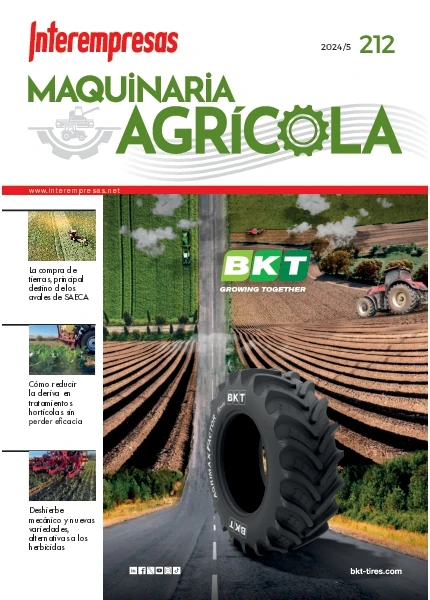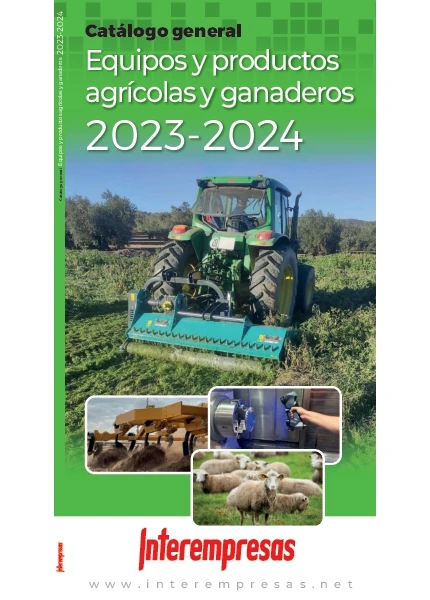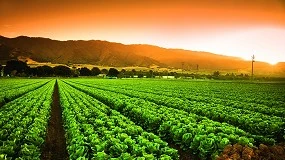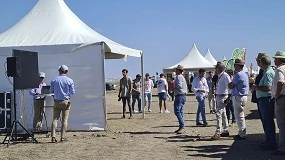New packaging and changes in the products of the sea
June 5, 2009
Income of the sector, these depend on the behaviour on the market of the prawn. Everything, and that this species represents only 2% of the catch, his weight in turnover of the fishing sector in Catalonia is very high and reaches represent 16% of the total of the annual turnover.
This fact is not in the case of the sardine, quite the opposite. This species, which accounts for 30% of the total catch of fish of the Catalan coast, represents only 13% of the turnover of the sector. However it is not an isolated event, but that rather it is a significant feature of the Catalan fishing, in which half of catches are usually listed at low prices.
In this regard, to the fisheries sector remaining things to do from the point of view of the processing and marketing of your product. On the one hand you must differentiate its product of high quality (by applying good practices in the sector) and, on the other hand, have assessed those species that have little or very low prices in the markets.
This is felt by that in the Irta inquiries are being conducted in two of the most emblematic and traditional sector, species such as shrimp and sardines.
Bottled fish
Although traditionally the fresh fish is marketed to the wholesaler, is most frequently found in many retail outlets packaged fresh fish.
The use of the packaging allows you to provide information to the consumer (to a greater or lesser extent by the label) and extend the commercial life of the product, while maintaining their freshness and preventing pollution.
The packaging of the products of the sea allows, also, retain odors and juices, eaten in a greater period of time (lengthens the conservation), and better adapt to the new formulas and trends of consumers in their homes.
The packaging of the products of the sea allows you to retain odors and juices, extend the conservation and better adapt to the new formulas and trends of consumers in their homes
Three types of hermetic packaging such as have been developed in the field of packaging in vacuum, with liquids or under modified atmosphere packaging.
Sliced smoked salmon is a clear example of vacuum packaging, which has been extracted air, avoiding the contact of the product with the air. In the case of salmon can be consumed directly of the container, but in other products, this same package allows to heat or Cook product.
The use of modified atmosphere packaging means the substitution of the atmospheric gas by a mixture of gases (oxygen, carbon dioxide and nitrogen) a share, according to the product, 1: 1 or 3: 1. With modified atmospheres can maintain live molluscs and keep them in a position of survival.

The high pressures
The use of the high pressures in the food world (which behave like a cold pasteurization), has brought a revolution in the concept of conservation, both from the point of view of applications as the duration or the organoleptic characteristics. And, of course, the products of the sea have not been less.
In the case of the oysters, the application of high pressure opens a range of new possibilities for marketing. First ensures the total destruction of the 'Vibrio', which gives added value to the product from the point of view of food security. But here not just everything, that subjecting the oysters to 400 MPa over a period of 10 minutes we got to lengthen its shelf-life up to 42 days to 2 ° C and, as for curiosity, the treatment allows us to open them simply with the hand. Consequently expands greatly the radius of commercialization of oysters and their security, that we obtain a product higienizado and without the risks of the "traditional" oysters, retaining all its flavour.
The same treatment can be done in mussels and other products, but the commercial value of these influences derived from the treatment costs and, ultimately, on the final price of the product.
With regard to the crustaceans, they have been implemented in lobster and lobsters which, in addition to sanitize them is manages to extract 100% of its meat, which increases the performance of its processing. The meat was fresh, not cooked and increasing the added value of the product.
Another application in crustaceans that is being studied in the Irta is its implementation in the American crayfish, a plague to our rivers which, through the application of high pressure, you get also extract 100% of its meatenhancing the product and, very probably, providing a possible solution to the problem.
Better preserve the Palamós prawn
On the initiative of the City Council of Palamós and of the Guild of fishermen from Palamós, Irta has been working on the feasibility of the Palamós prawn packaged in controlled atmospheres and without preservatives.
The fresh Palamós prawn has a very short, between one to two days, useful life because, once out of the sea, the crustacean suffers a melanosis of enzyme origin favoured by the presence of oxygen produced by an ennegrecimiento (loses its reddish) andAlthough it can be consumed, the consumer rejects, and therefore loses all its commercial value.
The possibility of achieving a greater retention period has been the objective of the study are carried out in the Irta, and that the researcher Elsa Lloret is responsible for. This study has been made throughout the process of the prawn. In other words, from the same boat. Thus, in the same fishing boat were compared the traditional method (arranged in pails with ice prawn) front to those kept in a container with sea water and ice, and at a temperature of - 1 and 1 ° C. Later were packed in protective atmosphere without oxygen (33.5% of CO2 and 66.5% N2) with value gas-producto from 1 to 3, preserved at 3 ° C for three days with a pace of light-dark for 12 hours (with that)(, under normal circumstances, would be arranged in a linear purchase). The test, at the sensory level, assessed, above all, the intensity of the reddish color and brightness of the prawn.
The prawn preserved according to the traditional method was degraded from the first day and it was not accepted by the consumer on the second day. On the other hand, the conserved in protective atmosphere prawn maintained fully characteristics of fishing and the next day (day 0 and 1), and was accepted by consumers in the next two days (days 2 and 3) as that enjoyed an acceptable quality.
These results of the study will make it possible to have a fresh product and high value as the Palamós prawn is with all its features maintained more days (twice the today), what allows to open new expectations of marketing and product presentation.
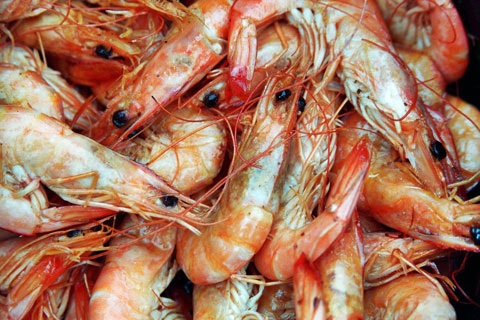
New packaging, presentations and products to enhance the sardine
As already mentioned at the beginning, sardine fishing is the most important in Catalonia (30% of the total catch) volume, on the other hand is not because of their importance in volume of business (13%).
This project carried out by Irta to the Department of agriculture, food and Rural Action (DAR) of the Generalitat of Catalonia, has been structured into three main sections, such as the development of new forms of packaging to the wholesale, of Marinades and marinated, as well as new products on the basis of the sardine.
In reference to the packaging to the wholesale, Irta is has worked in a container with controlled atmosphere (60% CO2 and 40% N2) for 2-3 kilos of sardine preserved between 0 and 1 ° C.
The results have shown that it is a real and feasible alternative for distribution to the bulk of sardines which maintains the sensory attributes and improves the microbiological safety on the sardine maintained under normal conditions, as recently explained the person in charge of the project in the IrtaPere Durán.
In addition to the sanitary improvement of sardine, these types of containers have other advantages, such as the possibility of being paletizables, facilitate the traceability of the product, have tabs in background and absorbent pads of juices, and adapt to other species of fish.


